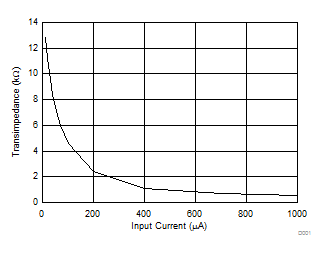SLLSEK1B July 2014 – March 2018 ONET2804T
PRODUCTION DATA.
- 1 Features
- 2 Applications
- 3 Description
- 4 Revision History
- 5 Pin Configuration and Functions
- 6 Specifications
-
7 Detailed Description
- 7.1 Overview
- 7.2 Functional Block Diagram
- 7.3 Feature Description
- 7.4 Device Functional Modes
- 7.5
Register Maps
- 7.5.1 Register 0 (0x00) – Control Settings (offset = 0h) [reset = 0h]
- 7.5.2 Register 1 (0x01) – Amplitude and Rate for Channel 1 (offset = 1h) [reset = 0h]
- 7.5.3 Register 2 (0x02) Mapping – Threshold and Gain for Channel 1 (offset = 2h) [reset = 0h]
- 7.5.4 Register 3 (0x03) – Reserved
- 7.5.5 Register 4 (0x04) – Reserved
- 7.5.6 Register 5 (0x05) – Reserved
- 7.5.7 Register 6 (0x06) – Reserved
- 7.5.8 Register 7 (0x07) – Amplitude and Rate for Channel 2 (offset = 7h) [reset = 0h]
- 7.5.9 Register 8 (0x08) Mapping – Threshold and Gain for Channel 1 (offset = 8h) [reset = 0h]
- 7.5.10 Register 9 (0x09) – Reserved
- 7.5.11 Register 10 (0x0A) – Reserved
- 7.5.12 Register 11 (0x0B) – Reserved
- 7.5.13 Register 12 (0x0C) – Reserved
- 7.5.14 Register 13 (0x0D) – Amplitude and Rate for Channel 3 (offset = Dh) [reset = 0h]
- 7.5.15 Register 14 (0x0E) Mapping – Threshold and Gain for Channel 3 (offset = Eh) [reset = 0h]
- 7.5.16 Register 15 (0x0F) – Reserved
- 7.5.17 Register 16 (0x10) – Reserved
- 7.5.18 Register 17 (0x11) – Reserved
- 7.5.19 Register 18 (0x12) – Reserved
- 7.5.20 Register 19 (0x13) – Amplitude and Rate for Channel 4 (offset = 13h ) [reset = 0h]
- 7.5.21 Register 20 (0x14) Mapping – Threshold and Gain for Channel 4 (offset =14h) [reset = 0h]
- 7.5.22 Register 21 (0x15) – Reserved
- 7.5.23 Register 22 (0x10) – Reserved
- 7.5.24 Register 23 (0x17) – Reserved
- 7.5.25 Register 24 (0x18) – Reserved
- 7.5.26 Register 25 (0x19) – Reserved
- 8 Application and Implementation
- 9 Power Supply Recommendations
- 10Layout
- 11Device and Documentation Support
- 12Mechanical, Packaging, and Orderable Information
Package Options
Mechanical Data (Package|Pins)
- Y|0
Thermal pad, mechanical data (Package|Pins)
Orderable Information
6.6 Typical Characteristics
Typical operating condition is at VCC = 3.3 V, TA = 25°C and VOD = 500 mVpp (unless otherwise noted).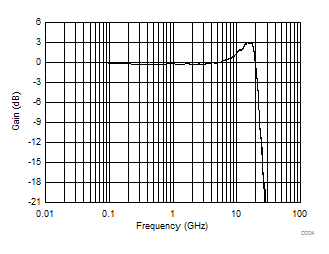
(Test Fixture loss De-embedded)
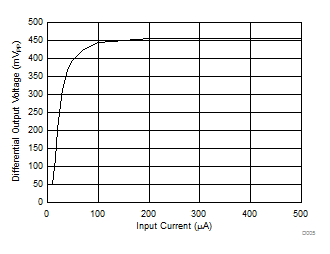
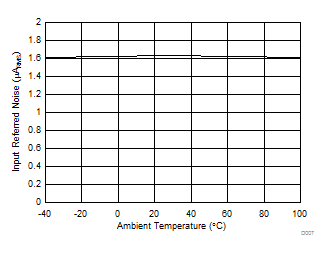
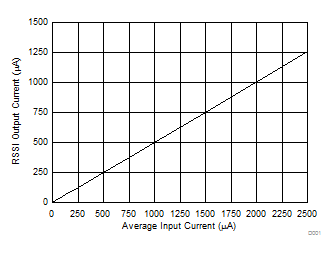
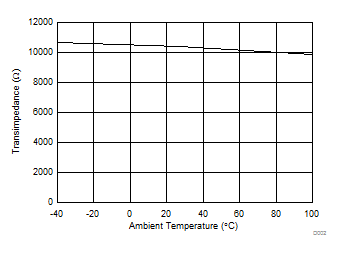
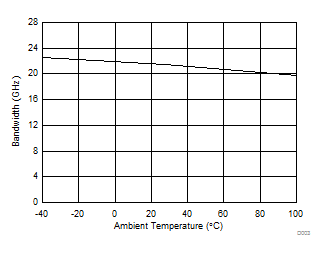
(Test Fixture loss De-embedded)
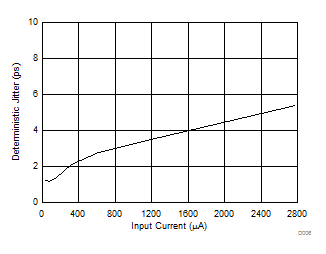
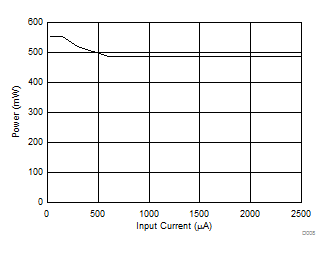
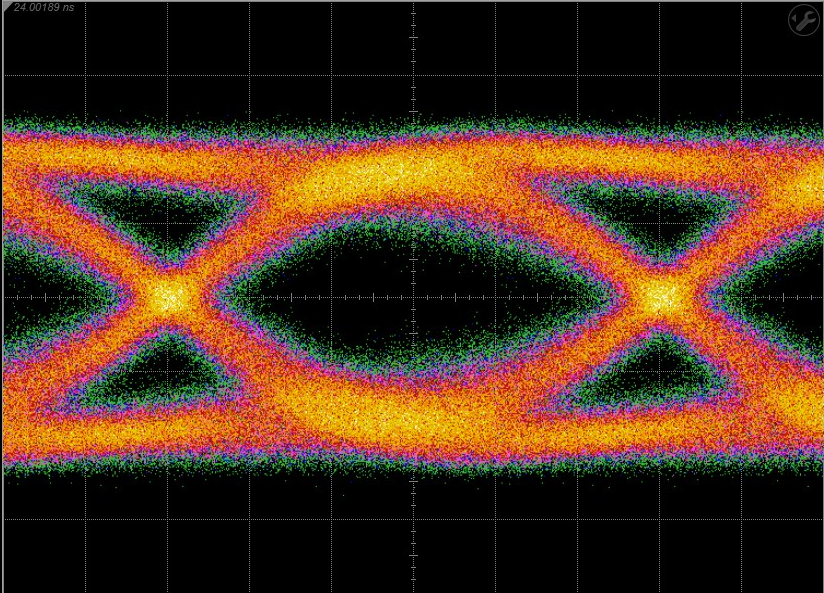
| 27.95 GBPS |
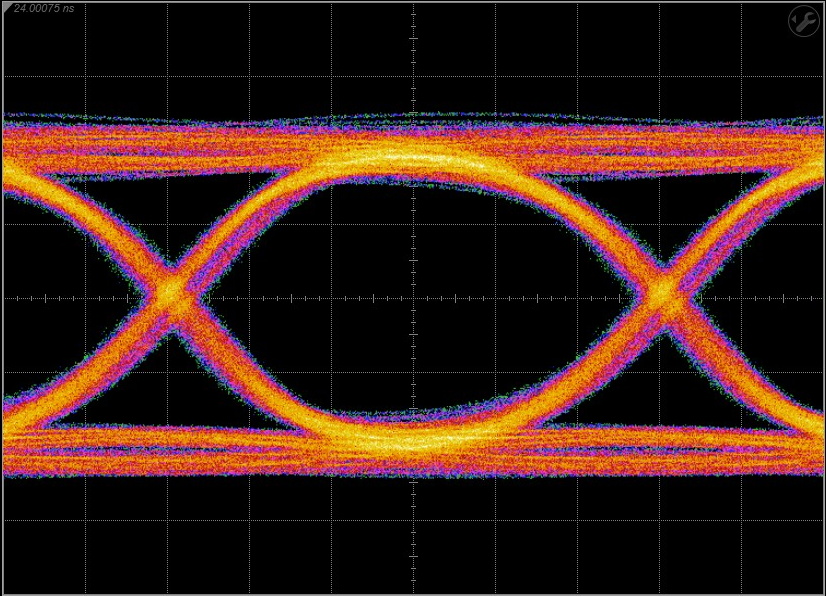
| 27.95 GBPS |
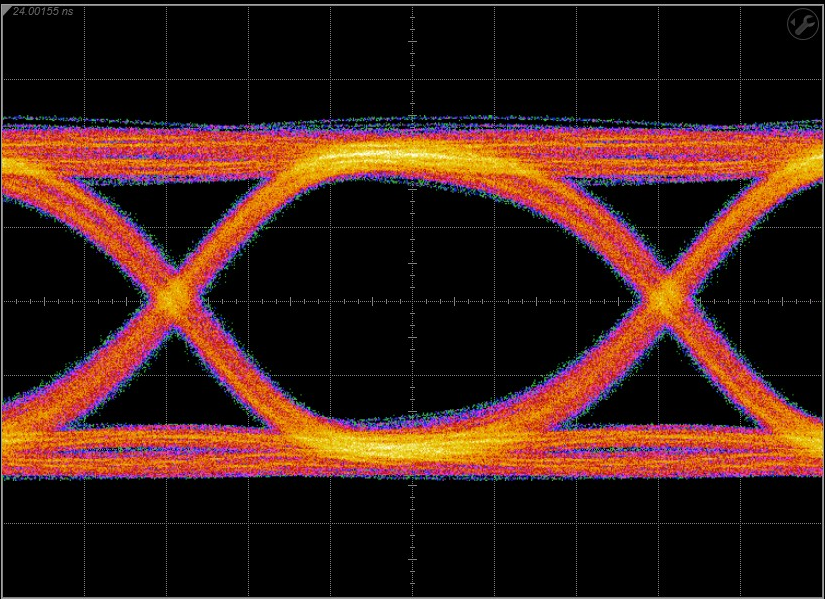
| 27.95 GBPS |
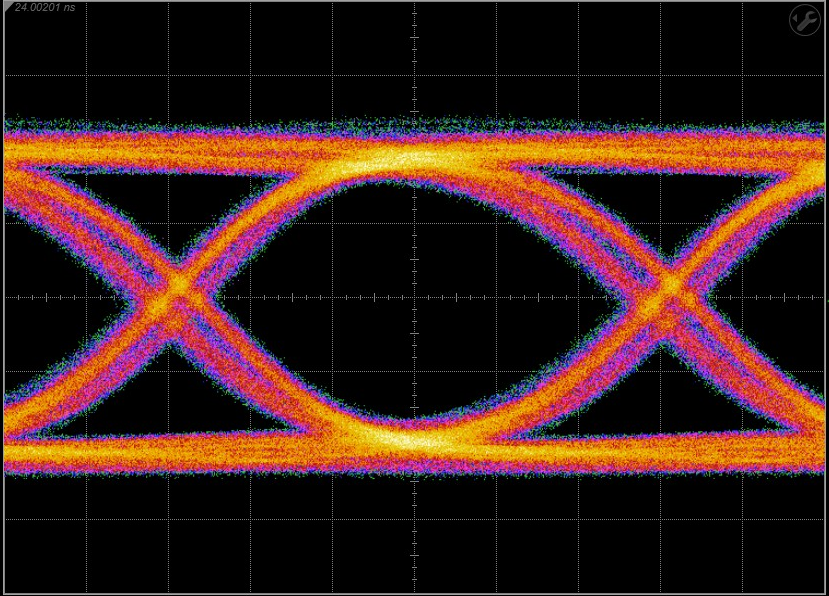
| 27.95 GBPS |
